US, S. Korea, Japan stage trilateral anti-submarine drills to deter Pyongyang
The naval forces of the United States, South Korea and Japan staged major trilateral anti-submarine drills for the first time in five years on Friday amid growing tension over North Korea's recent missile tests.
The naval exercises were held in international waters off the Korean Peninsula's east coast, just a day after North Korea fired two ballistic missiles in the wake of US Vice-President Kamala Harris' visit to Seoul and the highly-fortified border between the two Koreas.
The US Navy said the drills were aimed at enhancing inter-operability and tactical and technical coordination between the three countries.
The exercises reportedly brought together the USS Ronald Reagan aircraft carrier, the 9,800-ton guided missile cruiser USS Chancellorsville, the 6,900-ton Aegis-equipped destroyer USS Barry, South Korea's 4,400-ton destroyer Munmu the Great and Japan's 5,100-ton tanker Asahi, among other warships.
In a statement, the South Korean navy said the war games were choreographed to bolster their capability to respond effectively to North Korea's evolving SLBM technology at a time when Pyongyang continues to pose "nuclear and missile threats".
"The exercises are designed to improve their capability to respond to increasing North Korean submarine threats, including its submarine-launched ballistic missiles (SLBM) at a time when it consistently poses nuclear and missile threats with a series of ballistic missile tests," it said.
Harris arrived in Seoul on Thursday on a trip planned to underscore Washington’s commitment to defending South Korea in the face of alleged "threats" from the North.
The US vice president also visited the heavily-fortified Demilitarized Zone (DMZ) separating the two Koreas for the first time.
The South Korean military said on the same day that it had detected the launch of “two short-range ballistic missiles from the Sunchon area in South Pyongan province,” with Japan's coast guard also confirming a likely ballistic missile launch from North Korea.
North Korea had fired two short-range ballistic missiles on Wednesday, while Harris was in Japan.
The US and South Korea have voiced concerns that Pyongyang has made preparations to conduct its first nuclear test in five years.
North Korea conducted its sixth nuclear test in September 2017.
However, following negotiations with the US that eventually proved inconclusive, it dismantled a nuclear facility and has not conducted any other nuclear tests since then.
The United States has warned that it would push for additional sanctions if Pyongyang goes ahead with its seventh nuclear test.
North Korea has tested a number of ballistic missiles this year, including massive intercontinental ballistic missiles (ICBMs), new hypersonic missiles, and a short-range missile potentially designed for tactical nuclear weapons.
Pyongyang maintains that its weapon tests are a defensive measure against threats posed by the massive presence of US forces near its territorial waters and the regular holding of joint US-led war games with Japan with South Korea.
Trump insists Egypt, Jordan will accept displaced Gazans
VIDEO | Press TV's news headlines
Resistance leaders pay tribute to Hamas military commander
Sweden to give Ukraine $1.2bn in military aid
VIDEO | Resistant prisoners released
Turkey says Israeli airstrike killed three nationals on Lebanon border
VIDEO | Press TV news headlines
Iran's foreign minister meets Hamas leaders during Doha visit


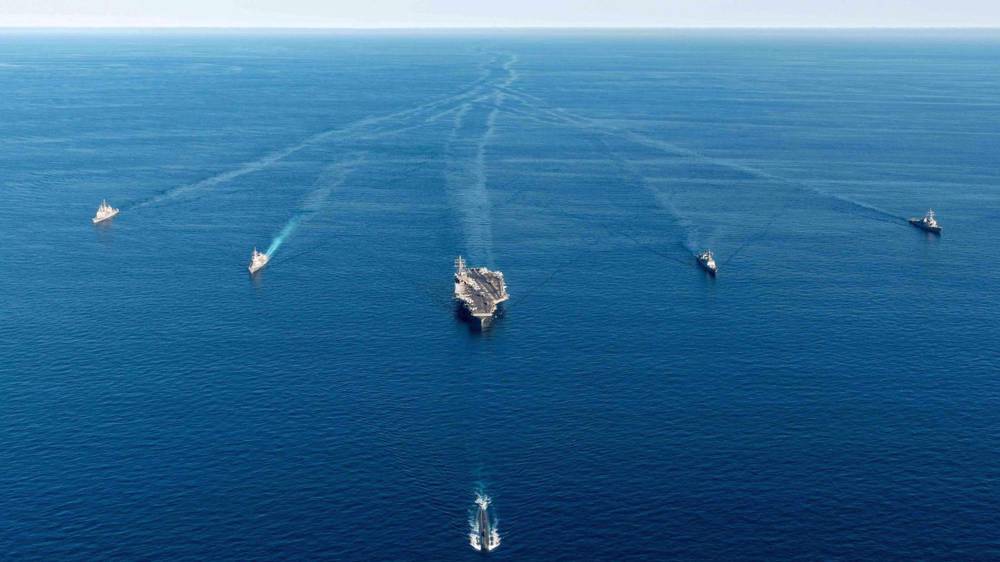
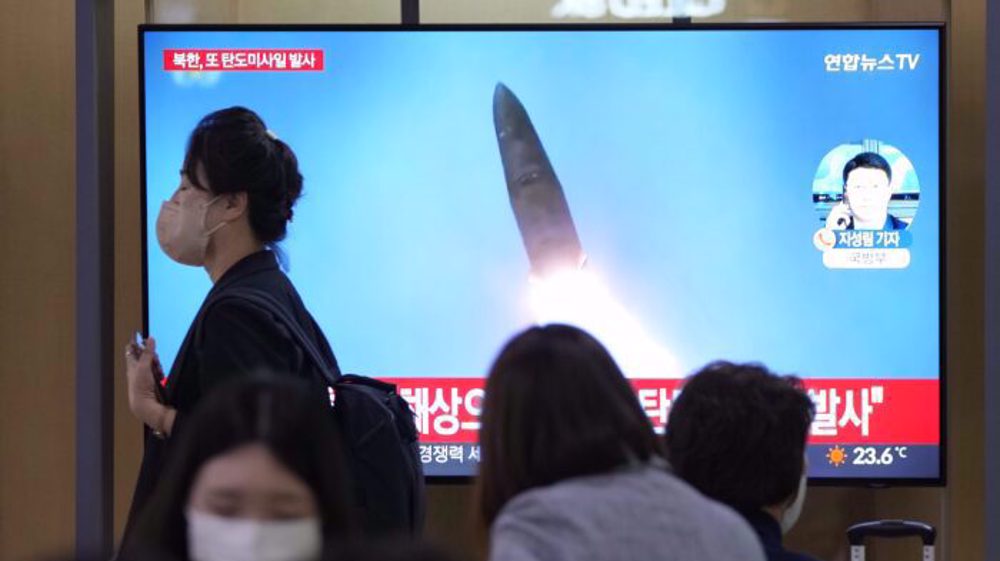

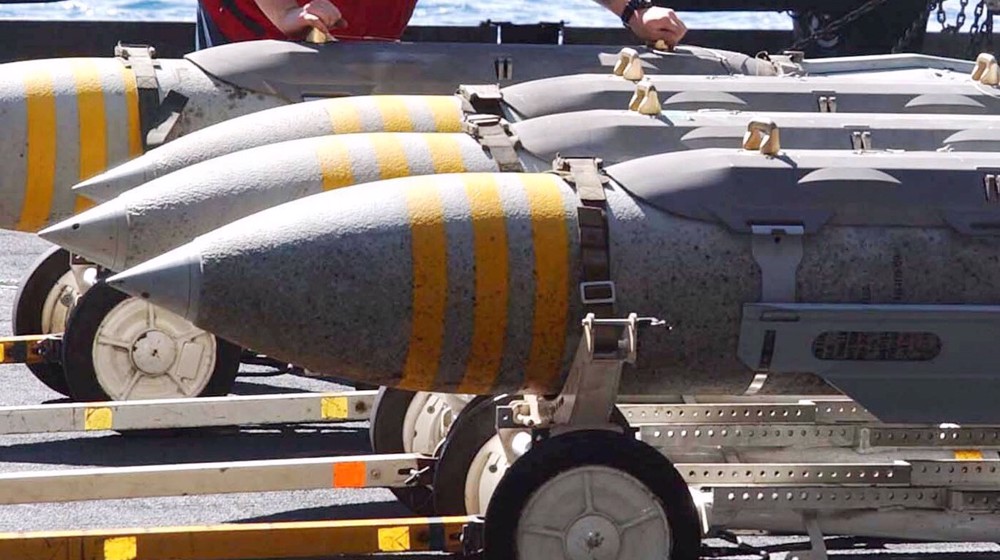
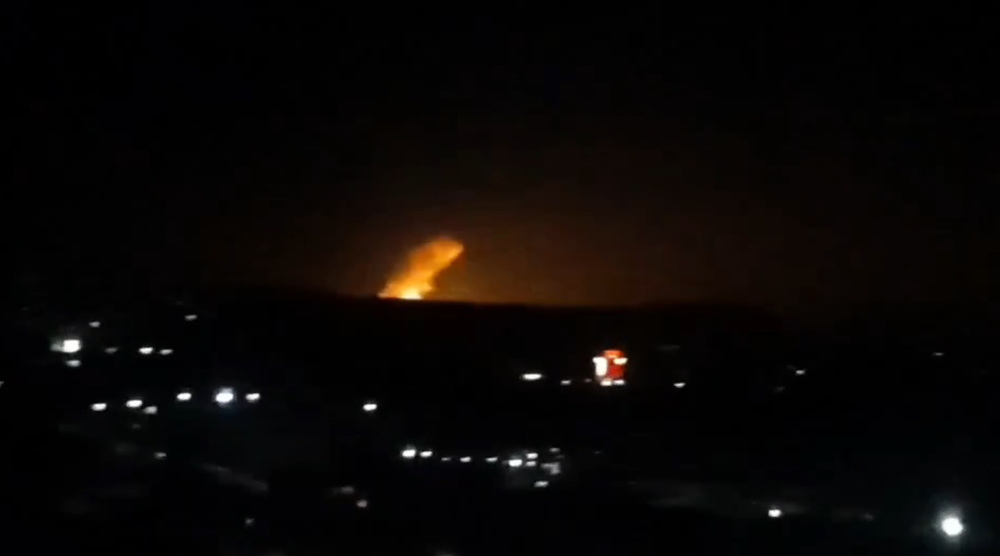



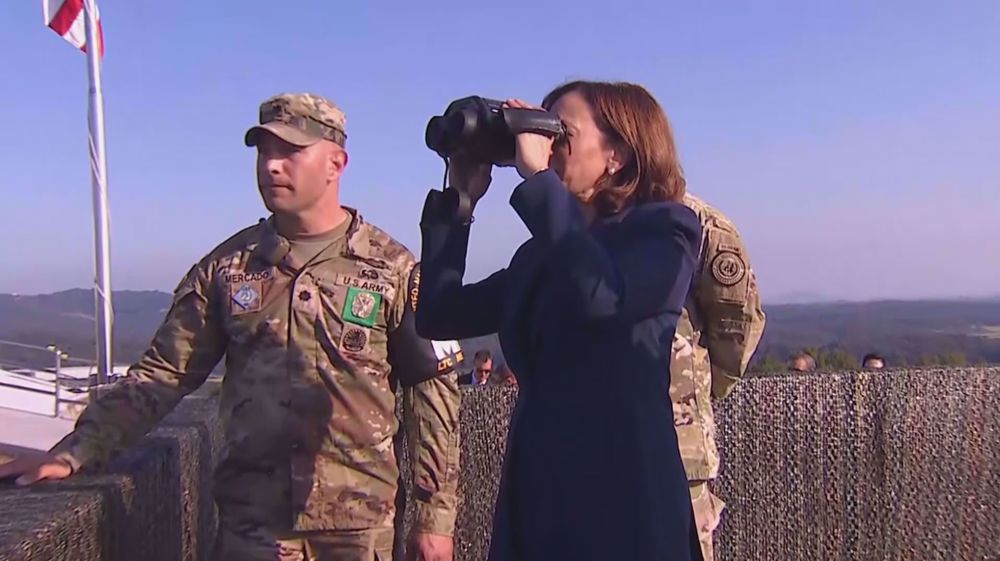
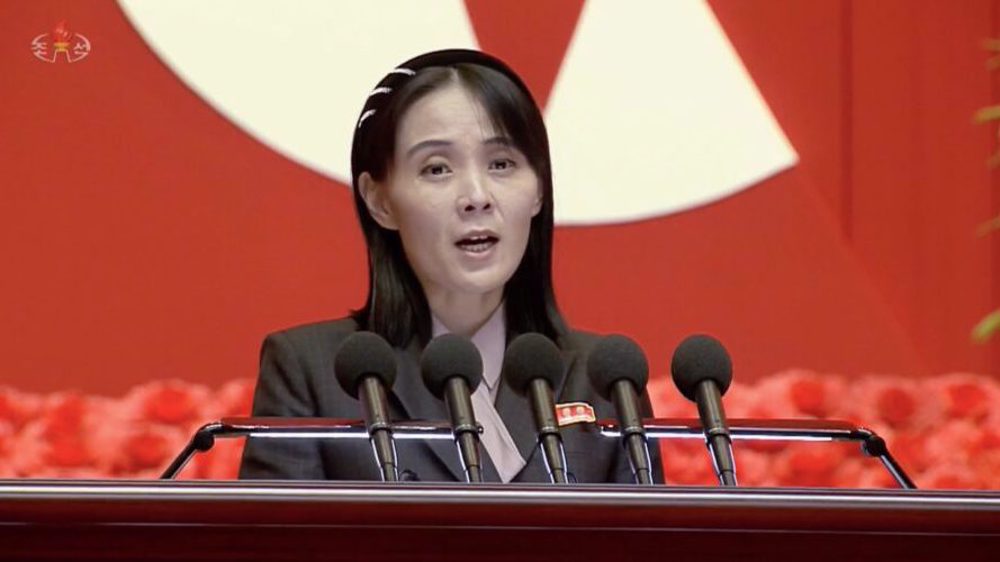


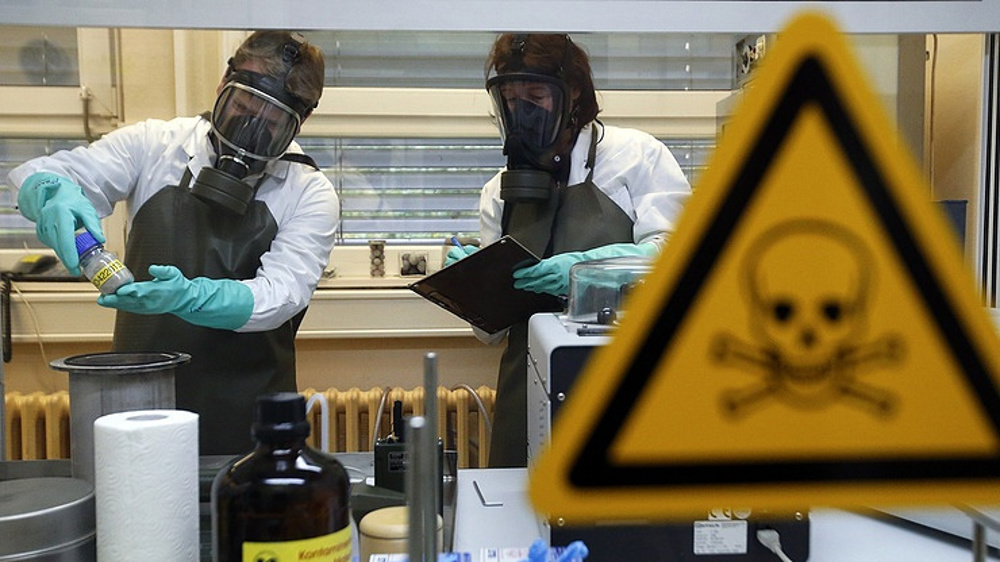

 This makes it easy to access the Press TV website
This makes it easy to access the Press TV website